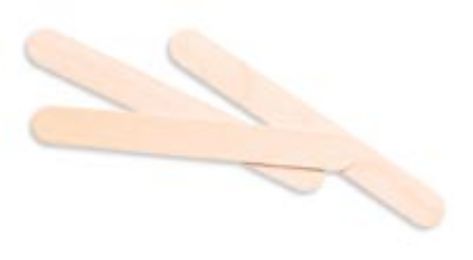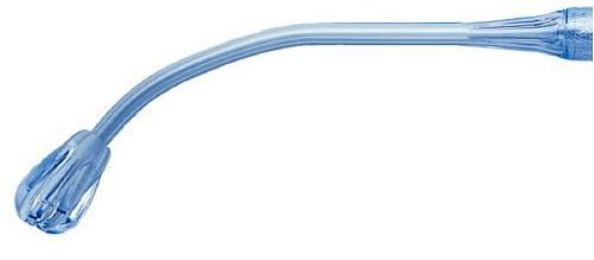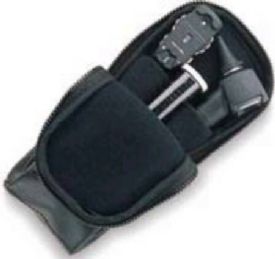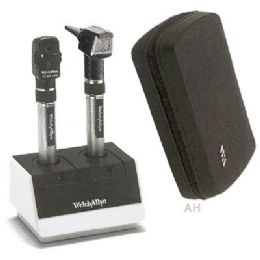












.jpg&newheight=260&quality=80)







What are Medical Instruments?
There are a number of medical instruments that can be used to treat patients. These include forceps, scalpels, reflex hammers, suture removal kits, ear poppers, and otoscope diagnostic sets. The type of medical professional using it and the particular illness or symptom helps determine which type of medical instrument will be utilized for specific applications.
Forceps are instruments used for a variety of purposes by all types of medical professionals. There are different kinds of forceps, each designed for disparate usages. They may be best known in their use as surgical instruments, but during a single surgical procedure several types of forceps can be used. Generally, forceps have two unsharpened blades with a handle and look similar to a pair of scissors, but more closely resemble tweezers. They can be used to grasp items such as blood vessels or soft tissue, or to hold suture needles while a wound or incision is being sewn shut.
The grasping portion of the forceps is designed at an angle to the handle so it can be used to reach into small areas that otherwise are not accessible to fingers or a hand. Some of the different types of forceps include Kelly forceps, hemostatic forceps, and locking forceps. Kelly forceps look like scissors, but the end portion is blunt in order to grasp or hold tissue. They are usually also locking forceps which can be clamped onto an artery or vein and then locked in place to prevent bleeding. Hemostatic forceps are another type used to prevent bleeding, also called a clamp.
Most medical forceps are stainless steel, but some are made from titanium to reduce their weight. High grade titanium or stainless steel allows forceps to be sterilized over and over again for surgical use without degrading the metal. Some medical forceps are made from a lower grade of stainless steel because they are not meant for surgical use and extensive sterilization is not necessary.
Disposable scalpels are very important because of the necessity for sterile medical instruments. Reusing a scalpel could result in contamination or infection, therefore, a disposable scalpel is generally only used to make a single cut or dissect certain tissue. Using new, sterile scalpels whenever possible helps keep any risk of infection or contamination to an absolute minimum. Also, by using a fresh disposable scalpel for each incision makes sure that the blade has not incurred any damage which could result in an imprecise or sloppy cut.
A reflex hammer is a common medical instrument used to bring out a response of deep tendon reflexes. This particular piece of equipment helps physicians judge abnormalities and test neurological function in the central and peripheral nervous system. Most commonly used to tap below the kneecap, a reflex hammer can be used on other parts of the body as well.
A basic reflex hammer is available in many shapes and models. For example, the tomahawk hammer, also called Taylor, is the most widely known and consists of a triangular rubber head attached to a straight, metallic handle. The Queen Square is another popular reflex hammer and was developed for use in a London hospital for nervous diseases. It consists of a small metal and plastic disc on one end and a plastic cane with a sharp taper on the other end.
Other reflex hammers which have been developed over the years include the Tromner, the Babinski, the Buck, and the Berliner. Each hammer is made to cause slightly different reflex responses, including myotatic, plantar, and cutaneous reflexes. These reflexes involve different areas of the body, including the tendons, foot, and the skin. Another type of hammer includes all five reflex functionalities into one hammer. It meets the testing abilities of the Tromner, Buck, Taylor, Babinski, and Berliner hammers.
When a doctor performs a reflex exam, he is looking for a normal, well-timed motor response. If a weak or diminished response is displayed, it is known as hyporeflexia. If the opposite response is shown, a reflex which is exaggerated or repeats, it is a condition known as hyperreflexia. Both responses may indicate trauma, injury, or other problems along the neural motor pathways.
An ophthalmoscope otoscope diagnostic set is a set of medical instruments which are used to look into the ears, eyes, nose, and throat. It has two instruments, an otoscope for the ears, nose, and throat, and an ophthalmoscope for the eyes. Some doctors use their own set, while others use the sets provided in exam and clinic rooms.
Their design includes a base which is attached to a strong light source and a magnifying glass which is used to clearly see the area of interest. A speculum is attached to look into the ears and up the nose, then removed to see into the throat or eyes. A medical professional can use a diagnostic set to access the health of these areas in a routine exam, and to look for specific clues to a medical condition. The speculums used are changed between uses to eliminate the risk of transmitting disease, and the set can be wiped down as well.
A diagnostic set can include tools such as a wide speculum to allow a doctor to insert tools through it into an area. It can also have an array of magnifying glasses to allow a doctor to see different areas of magnification as well as polarizing filters for eye exams. There are different styles and designs of diagnostic sets available, depending on individual needs.
Rehabmart is pleased to carry a comprehensive selection of medical instruments from top quality medical vendors, such as Sammons Preston, Brewer, McKesson Medical-Surgical, Summit Medical, Independent Medical, Bionix Medical Technologies, North Coast, Bird & Cronin Inc., MDF Direct, and Fabrication Enterprises.
Hulet Smith, OT
Rehabmart Co-Founder & CEO
lb